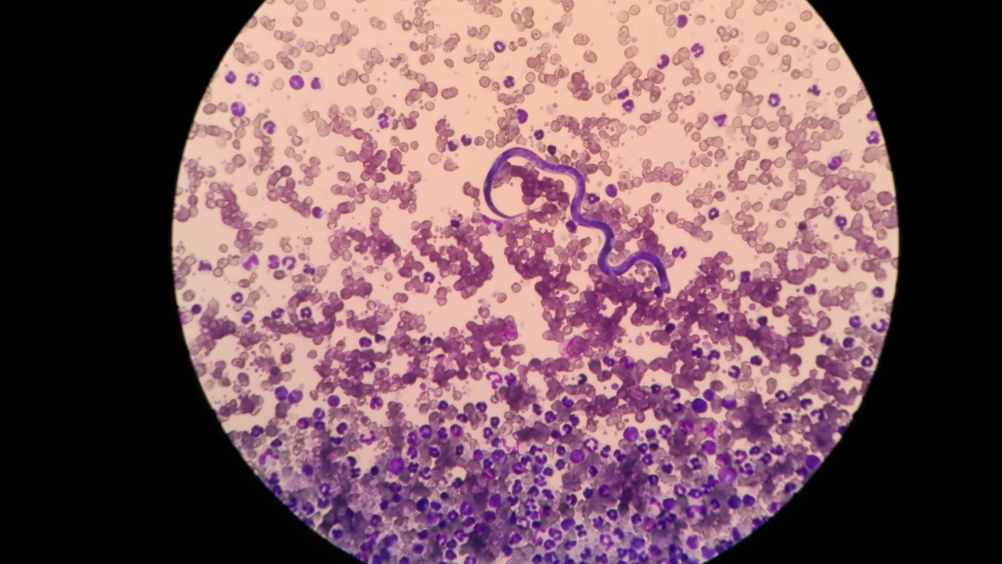Parasites in cats and dogs

Abstract
This workshop discussed the wide range of parasites that can infect cats and/or dogs, looked at routes of transmission, diagnosis and, most importantly, methods of treatment and control.
Dogs and cats are exposed to a wide range of parasites. Some of them are rare, others are common, some cause mild infections, and others can cause life-threatening infections. Some parasites are specific to dogs and cats, and others are zoonotic and can be transmitted to humans.
The landscape of parasite treatment has evolved a lot over the last 10 years and there are now many treatment options. However, some challenges remain regarding the development of an optimal treatment model.
Additionally, there are lots of emerging and reemerging parasites which cause really serious challenges. Veterinarians are still trying to work out how to manage these, so a fresh look at this topic is always useful.
Parasites can live inside the animal's body (internal parasites), or live outside on the skin or fur of the animal (external parasites).
Internal parasites live inside the animal's body, in different locations including the small intestine, the lung, the heart, the subcutaneous tissue or even inside the eye. The majority of internal parasites fall into two groups, round-worms (nematodes), or tapeworms (cestodes).
Register now to continue reading
Thank you for visiting The Veterinary Nurse and reading some of our peer-reviewed content for veterinary professionals. To continue reading this article, please register today.

